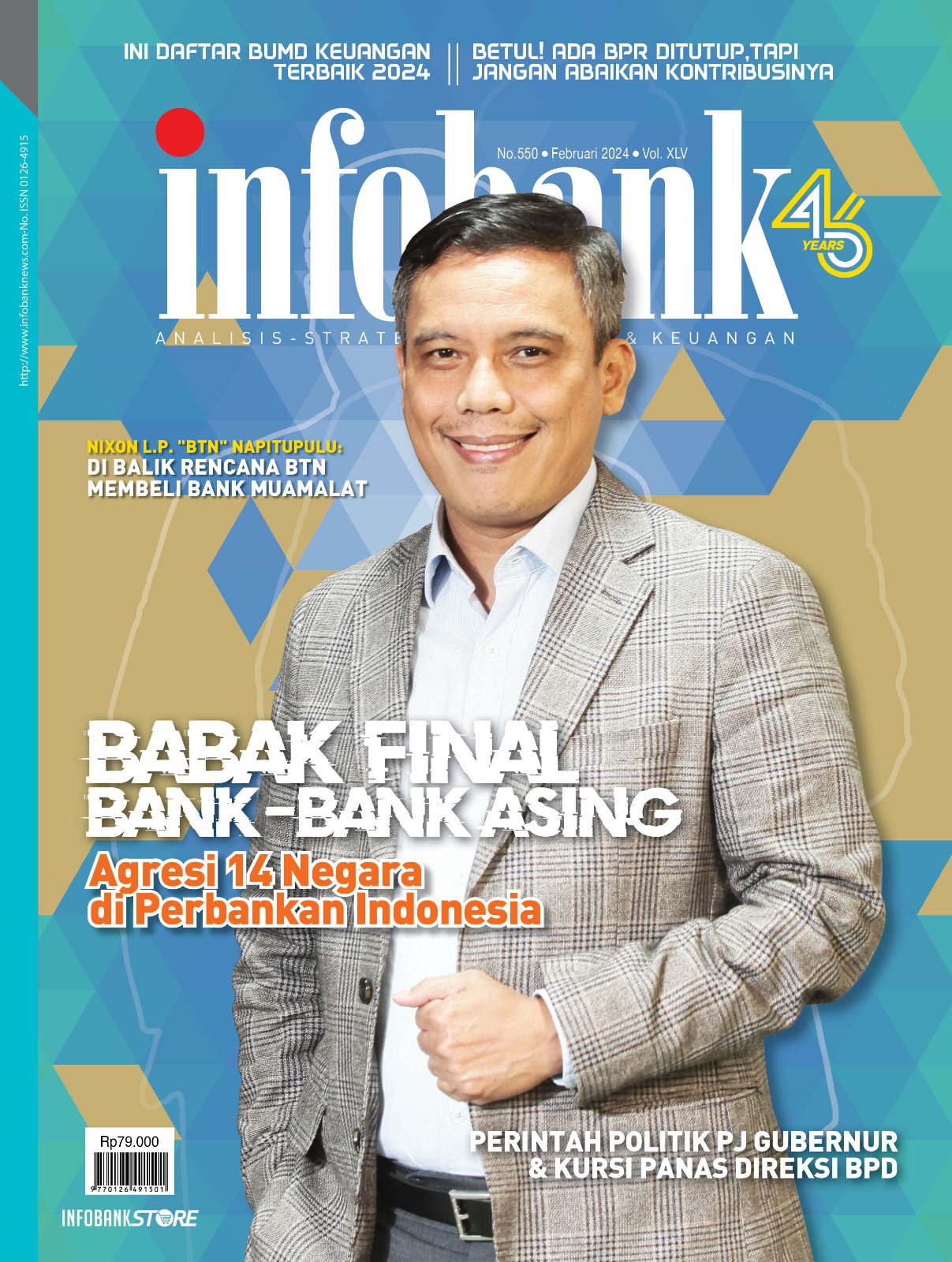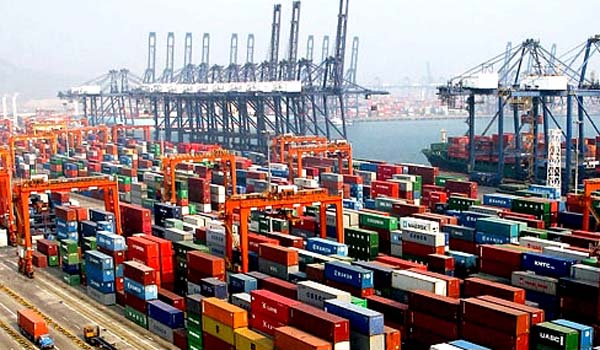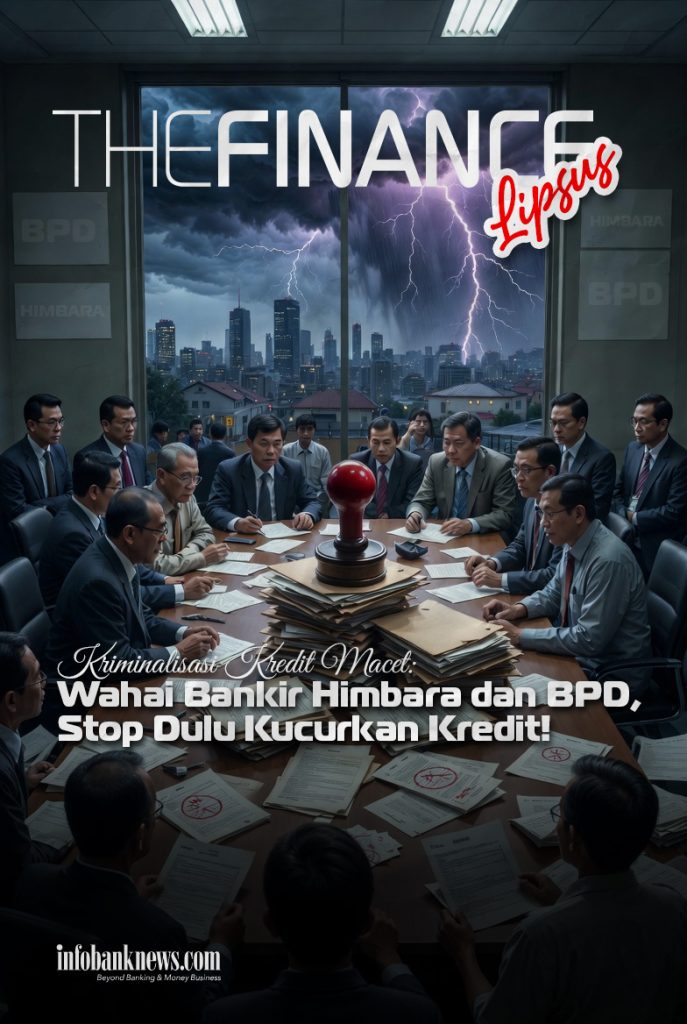by Karnoto Mohamad, Deputy Editor-in-Chief of Infobank
THE RETAIL banking market is both frightening and enticing. Enticing for the four largest banks like Bank Mandiri, Bank Rakyat Indonesia (BRI), Bank Central Asia (BCA), and Bank Negara Indonesia (BNI), which dominate 49.99% of the banking assets market in Indonesia. Or, it still provides gains for market challengers like Bank CIMB Niaga, Bank Tabungan Negara (BTN), Bank Syariah Indonesia (BSI), Bank Danamon, PaninBank, or PermataBank. However, for foreign (Western) banks like Citibank or Standard Chartered Bank (SCB), the competition in the retail banking market feels suffocating, making them inferior.
While foreign banks have long been established in Indonesia and have been trendsetters in retail banking business. They now find the competition in the retail banking market overwhelming, leading some to sell their consumer business portfolios to other banks.
For example, Citi Indonesia sold its consumer business portfolio to UOB, and SCB handed it over to Bank Danamon. Even Commonwealth Bank Australia (CBA) sold 99% of its shares in Bank Commonwealth (Indonesia) to Bank OCBC NISP. The signing of the sale and purchase agreement (SPA) between Bank OCBC NISP and CBA to acquire 99.00% of Bank Commonwealth’s shares took place in mid-November 2023, with an estimated transaction value of IDR 2.2 trillion.
The actions of these three banks add to the list of departures of foreign investors from the Indonesian banking business arena, especially in the consumer segment. Earlier, ANZ Indonesia had also sold its retail division to Bank DBS Indonesia in 2018. Even Barclays Bank from the UK and Rabobank from the Netherlands closed all their respective operational activities in 2011 and 2019.
The withdrawal of several foreign banks reduces the role of foreigners in the Indonesian banking market. According to data from Infobank Research Bureau (birI), foreign ownership in the Indonesian banking sector reached its peak in the mid-2000s. Foreign ownership, which was 12.90% in 2000, surged to 44.33% in 2005. This increase was triggered by the sale of recapitalized banks by the National Banking Restructuring Agency (BPPN), and at that time, the investors were foreign.
By the end of 2010, the share of assets owned by foreign entities began to shrink to 26.93% after Farallon sold its shares in Farindo Investment to the Djarum Group in 2007. Entering the next decade, banks from foreign countries continued to arrive to purchase local banks. There are three countries that have been very aggressive in entering Indonesia’s banking market in the last decade.
Firstly, Japan. The role of Japanese investors in the Indonesian banking sector increased with the presence of Sumitomo Mitsui Banking Corporation (SMBC) in Bank Tabungan Pensiunan Nasional (BTPN) in 2013 and J-Trust in Bank Mutiara in 2015, along with the entry of MUFG, which bought shares in Bank Danamon from Fullerton in 2017. MUFG then merged other banks like Bank Nusa Parahyangan and Bank of Tokyo Mitsubishi UFJ into Bank Danamon. Two other Japanese banks that have been present in Indonesia from the beginning are Bank Mizuho Indonesia and Bank Resona Perdania.
Secondly, China. Giant banks from China are trying to capitalize on opportunities from the massive infrastructure development in Indonesia. After the Bank of China established its branch in Indonesia, the Industrial & Commercial Bank of Limited (ICBC) entered by acquiring Bank Halim Indonesia in 2007. Then, in 2016, China Construction Bank Corporation (CCB) entered by taking over Bank Windu and Bank Antardaerah. In 2019, Alibaba, through Akulaku, bought Bank Yudha Bhakti and transformed it into Bank Neo Commerce in 2020.
Thirdly, South Korea. In recent years, banks from South Korea have been moving in, and currently, there are seven banks among them. HanaBank acquired Bank Bintang Manunggal in 2007 and later merged with Bank KEB Indonesia to become Bank KEB Hana Indonesia. Bank Woori Indonesia took control of 33% of Bank Saudara’s shares in 2014, which later merged into Bank Woori Saudara. Shinhan Bank swallowed Bank Metro Express, and Apro Financial took over Bank Dinar in 2016. After the Industrial Bank of Korea took control of 87.30% of Bank Agris’ shares, KB Kookmin Bank took control of 67% of Bank Bukopin’s shares in 2020.
Banks from Korea have actually been present in Indonesia for a long time but seemed to operate quietly. For example, Bank KEB Indonesia entered in 1968, and Bank Woori Indonesia arrived in 1995, resulting from the merger of Bank Korea Commercial Surya and Bank Hanil Tamara. The existence of Korean banks has been overshadowed by banks from Singapore and Malaysia, which entered in the 2000s after acquiring recapitalized banks such as Bank Niaga, Bank Danamon, and BII.
Singapore itself remains aggressive in the Indonesian banking sector. After Temasek Holding exited from Bank Danamon and BII, three giant banks from Singapore, namely DBS, UOB, and OCBC, which were already present in Indonesia, were followed by two other banks, Sea Bank Indonesia and Amar Indonesia Bank.
According to Infobank Research Bureau, the entry of banks from East and Southeast Asia into the Indonesian banking market is at least due to three reasons. Firstly, the banking markets in those countries are saturated, with a loan-to-gross domestic product (GDP) ratio above 100%. Secondly, banks in those countries have strong capital, and to sustain their growth, they must expand across borders, especially to emerging countries like Indonesia, where the population is large, and the credit-to-GDP ratio is only 40%. Thirdly, banks from Japan, China, and South Korea have long had networks and experience in exploring niche markets in the Indonesian market. Their presence also aligns with the flow of investments from these countries into Indonesia. For example, China has invested USD 5.19 billion directly in Indonesia throughout 2022, or Japan’s investment worth USD 3.56 billion.
The question is, can foreign-owned banks entering then dominate the market share of Indonesian banking? According to Infobank Research Bureau data as of September 2023, out of 105 commercial banks in Indonesia, 40 of them are foreign-owned. However, their role in the market indicates that national banks still dominate in their own home. This is reflected in the control of asset shares based on bank ownership in Indonesia, divided into four groups.
Firstly, 8 banks owned by the government through state-owned enterprises (BUMN) and their subsidiaries control an asset share of 45.24%, strengthening from the share in 2017, which was 41.31%. Secondly, 27 regional development banks (BPD) owned by regional governments (pemda) hold an asset share of 8.44%, slightly decreasing from the 8.90% share in 2017.
Thirdly, 30 banks owned by national entrepreneurs have an asset share of 20.12%, increasing from the 20.16% share six years ago. However, out of the 19.76% asset share, 12.01% belongs to BCA. So, the remaining 29 banks, on average, only have an asset share of 0.28%.
Fourthly, 40 banks owned by foreign investors, whether in the form of branches or legal entities in Indonesia. However, the market share of foreign-owned banks in terms of assets tends to decline from 44.33% in 2010 to 26.93% in 2010, then increasing to 29.64% in 2017 and further shrinking to 26.20% in September 2023.
According to Infobank Research Bureau’s study, the decline in the asset share of banks owned by foreign investors is due to losing competitiveness with local banks that dominate almost all target markets. Foreign banks also find it challenging to penetrate the corporate or commercial segments of conglomerate groups, especially those that already have their own banks.
However, foreign investors through their local banks can still enjoy the sweetness of the commercial and retail markets. For instance, Bank CIMB Niaga, which has long maintained good relationships with clients in the commercial and retail banking segments. Similarly, PermataBank has close ties with the automotive industry and its supply chain in the automotive sector.
Due to the strong competition within their respective segments, foreign bank branches must change their market targets. For example, Citibank, which is selling its consumer banking business portfolio, will highlight its strengths in institutional banking. “Citibank will focus on six globally recognized businesses: investment banking, corporate banking, transactional banking, markets, and security services. Investment banking is very global. Corporate banking is global; we have 700 multinationals. The same goes for markets, trading. It’s a global pay. Securities services as well,” said Batara Sianturi, Chief Executive Officer (CEO) of Citi Indonesia, to Infobank some time ago.
Meanwhile, banks from Japan and South Korea are more focused on strengthening their roles in Indonesian companies originating from their countries. For example, KB Bukopin, whose shares are owned by KB Kookmin, the leader in retail banking in South Korea. “The consumer banking market in Indonesia is very large, and we want to enter it through wholesale banking, for example, by promoting the Korean Link Business program to accommodate South Korean businesses and corporations in Indonesia,” said Woo Yeul Lee, President Director of KB Bukopin, to Infobank some time ago. Lee cited KB Bukopin’s collaboration with Hyundai, which not only increased KB Bukopin’s presence in Indonesia but also expanded its business network to the retail segment, such as financing vehicle units for consumers.
Although foreign banks find it challenging to compete in the mass market blocked by local banks, the Indonesian banking market remains attractive, as evidenced by the numerous foreign-owned banks operating in Indonesia. Moreover, compared to 14 countries whose banks have entered Indonesia, the credit growth potential in Indonesia is the broadest due to its credit-to-GDP ratio being only 40%. Compare this with similar ratios in Malaysia, reaching 123.9%, Singapore at 132.9%, South Korea at 143.3%, or Japan at 185%.
However, due to intensifying competition, foreign banks are undergoing consolidation and refocusing their businesses according to their comparative advantages. Foreign banks with global business cannot choose the safe path of becoming market followers, which does not align with their positioning as global banks. Meanwhile, to continue surviving as market challengers is no longer an option because many foreign banks, globally, have been experiencing a downward trend since the global crisis in 2008, compounded by market pressure due to the COVID-19 pandemic affecting their financial performance until now. (*)













